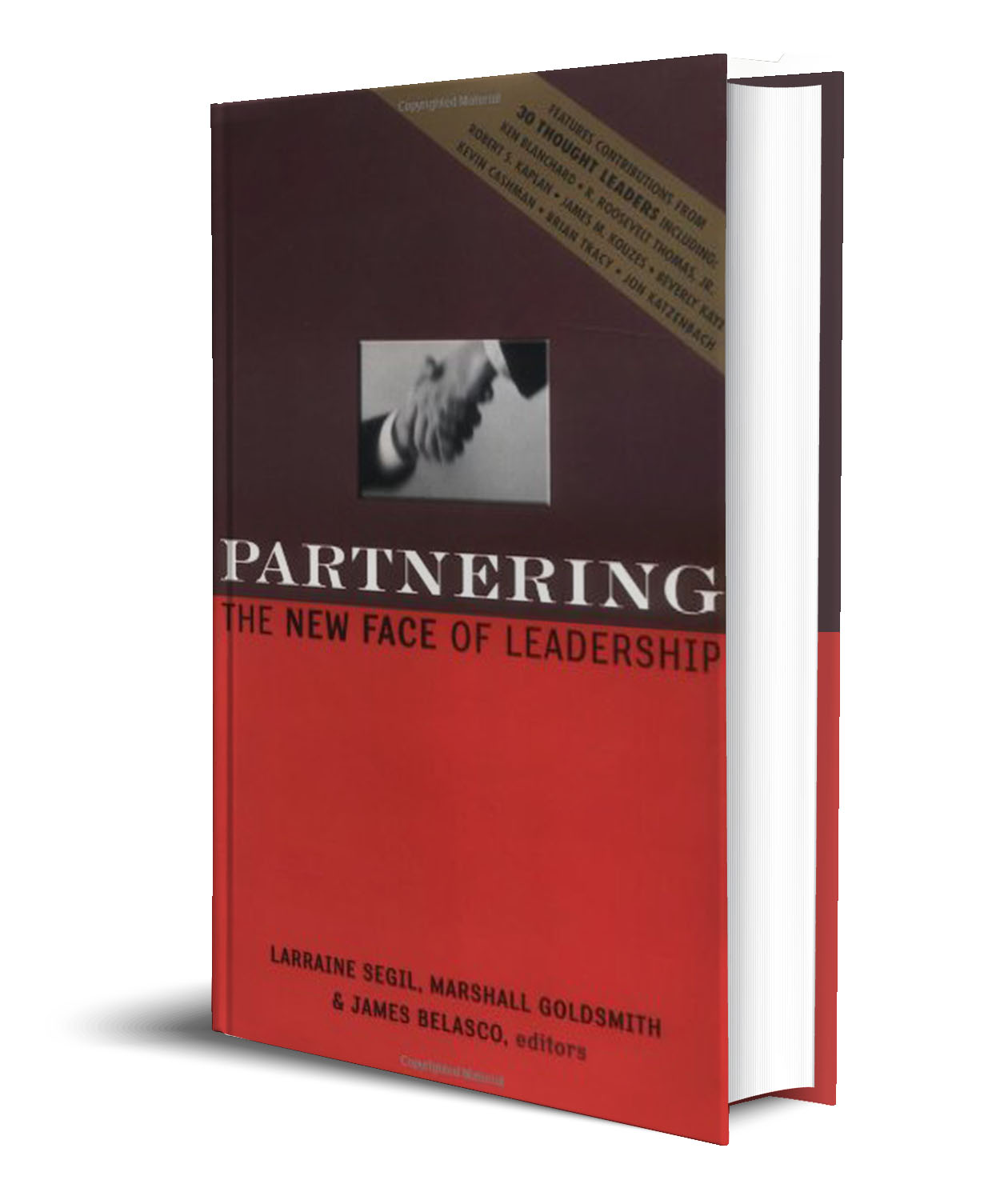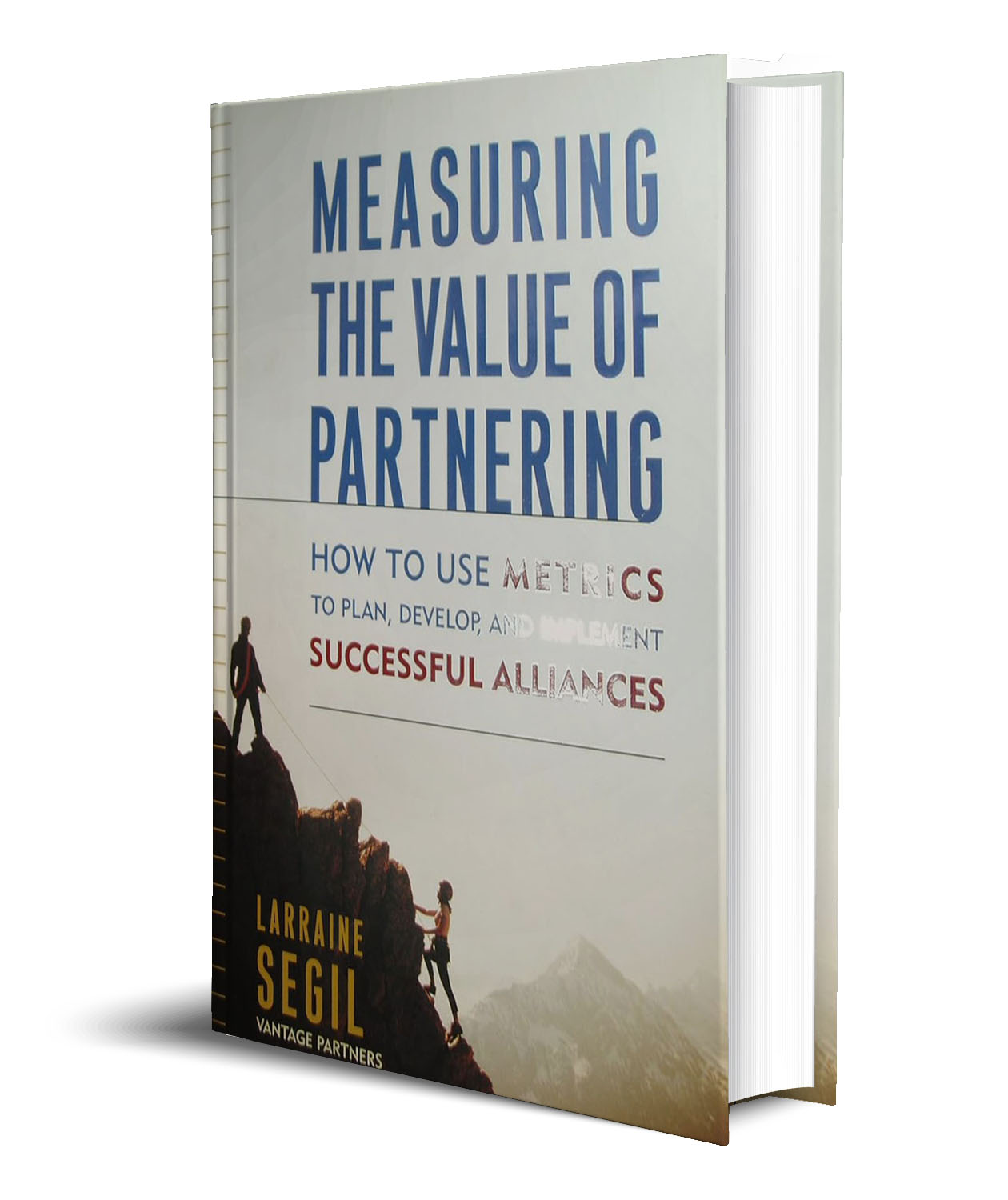Merging Corporate Cultures
Looking beyond the bottom line will ease tensions
By Erin Flynn
Diversity Channel Now Correspondent
Corporate culture is more important to a merger than many executives think.
Studies reveal that one half to two thirds of all mergers fail to accomplish
their goals, and cultural incompatibility is a common reason.
Problems often arise when two entrepreneurs merge companies. Since entrepreneurs normally answer to no one but themselves (or the bank), the dramatic change to become a team player is incredibly difficult, reports Jack Sims, author of Growing Small Businesses Into Big Brands. When an entrepreneur’s company grows to a size that makes it attractive as an acquisition target, another issue arises–the founders are usually paid a good amount of money, and as a result, become less interested in the business since they now have investments to attend to.
Nan Andrews Amish, a management consultant and University of San Francisco faculty member, says executives involved in a merger should:
-Assume the cultures are different
-Assume the cultures are important for continued productivity
-Ask employees what they value about where and how they work before making massive changes
-Realize that an acquisition is vastly different from a merger
Amish recalls a Silicon Valley merger horror story where a company was purchased for its intellectual capital. The parent company pushed its culture on the acquired company. It had cubicles, but the other company had offices with doors. The parent firm re-did the acquired company’s offices to match its corporate standard. The lead software designer could not work with the noise distractions and requested his original office back.
Executives refused. When he quit, they offered him his office. This designer left with 20 percent of the new product in his head. The company lost nine months of work and close to a billion dollars.
The Corporate Personality Life Cycle
One of the biggest challenges in a merger is to identify the corporate culture at the company being acquired, says Larraine Segil, co-founder of The Lared Group, a Los Angeles-based international management consulting firm. How do you establish the corporate cultures involved in an acquisition? Corporate personality characteristics are associated with different life-cycle stages, says Segil.
The six stages and their traits are:
1. Start-up: insecure, founder-driven
2. Hockey stick: confident, lacking management depth
3. Professional: cautious, emphasis on marketing
4. Mature: complacent, rigid administration
5. Declining: inactive, budget-oriented
6. Sustaining: more flexible, proactive
Individual managerial personalities should also be considered. Different managers are attracted to different lifecycle stages. For example, a manager who thrives in a high-growth company will probably go nuts in a mature or declining company, says Segil.
The acquisition of Compaq by HP, in Segil’s opinion, is the best-integrated acquisition ever. Why? “There was a very clear vision of why the acquisition was taking place–it was for consolidation reasons. They took great care to understand what the different personalities and cultures were,” she reports.
What lessons can we learn from this? It pays to examine the personality of your company as well as the company you’re merging with. Pinpoint potential areas of conflict and then institute a management approach that addresses and manages the discrepancies.






Leave a Reply
You must be logged in to post a comment.